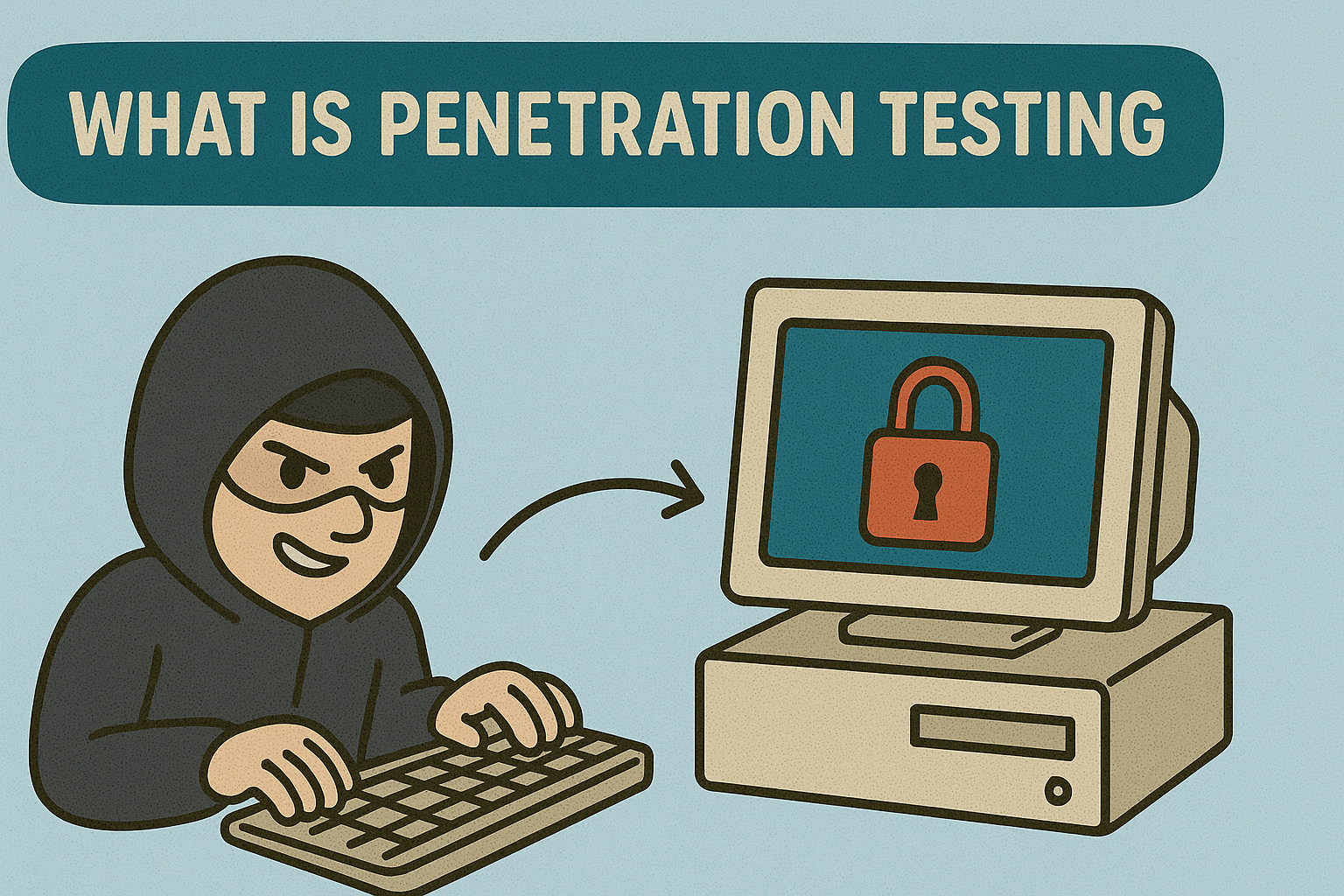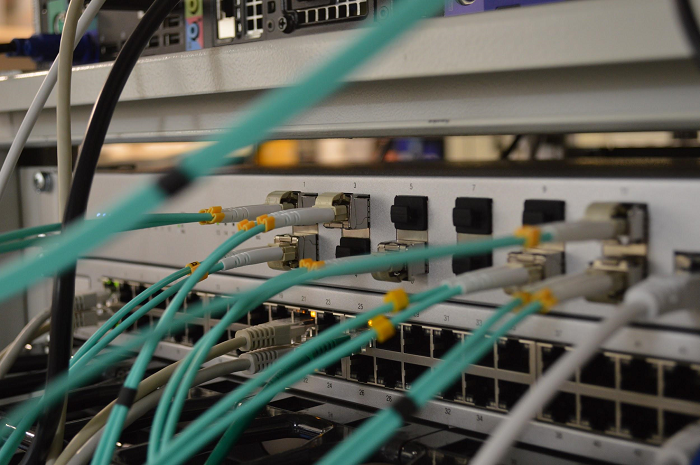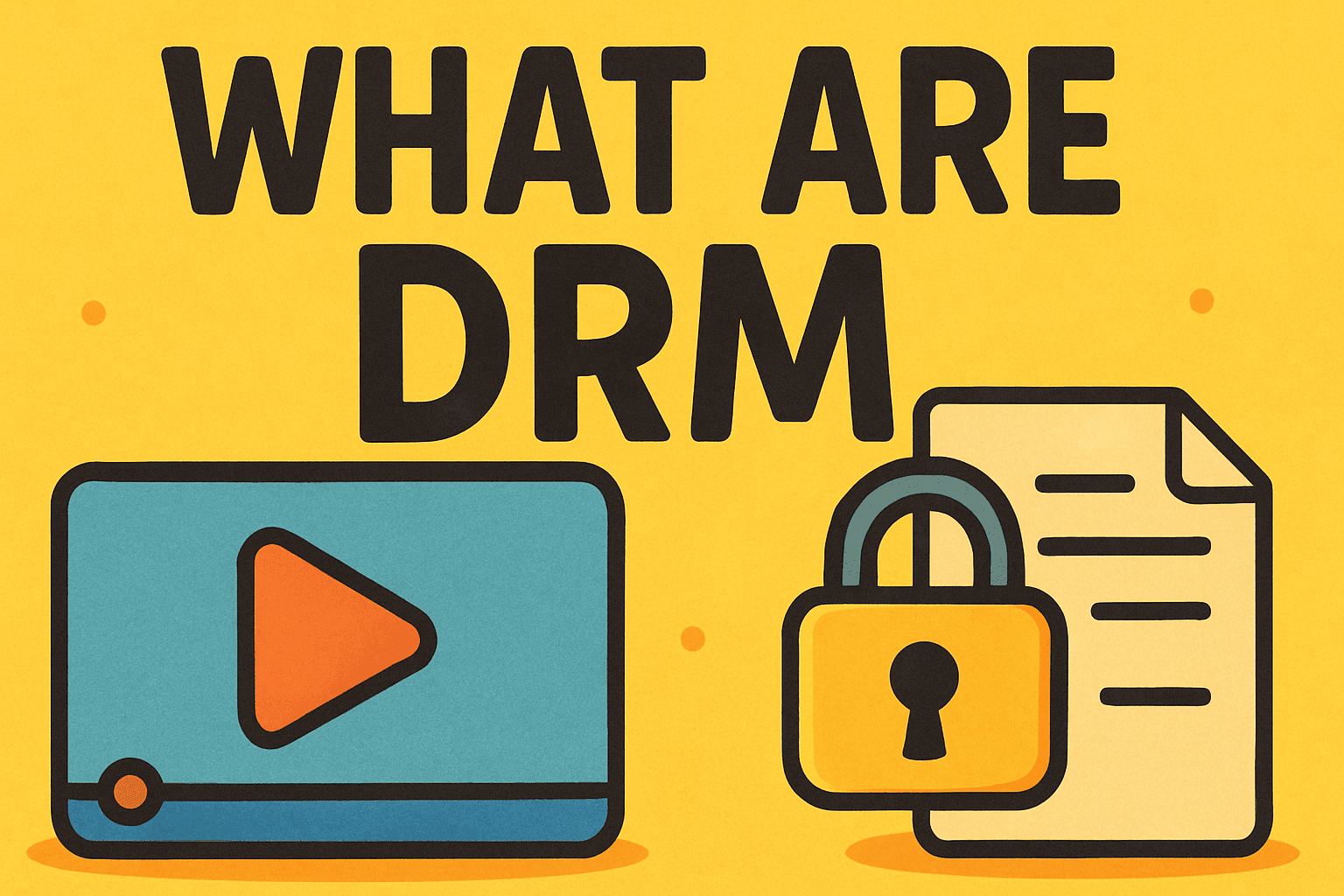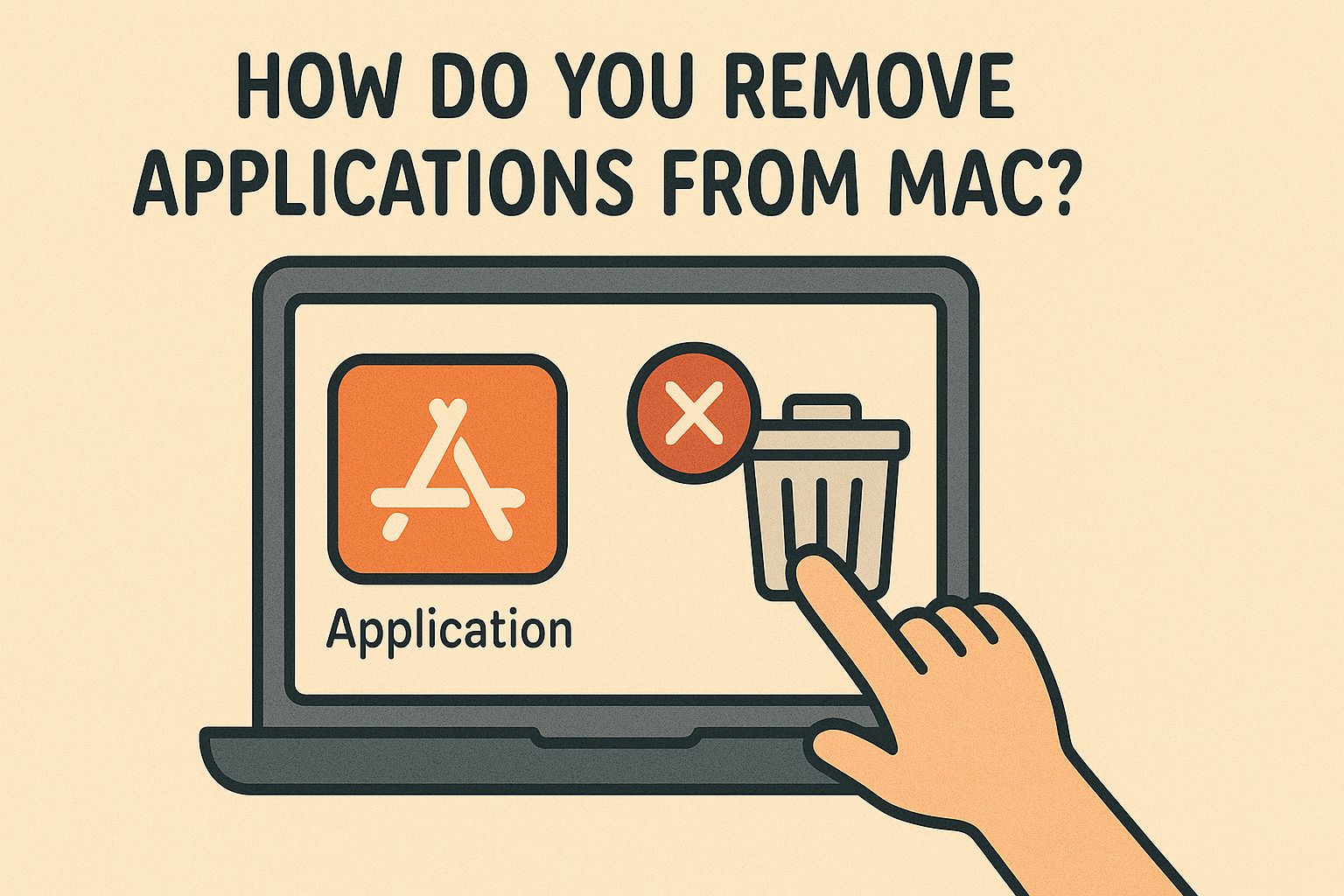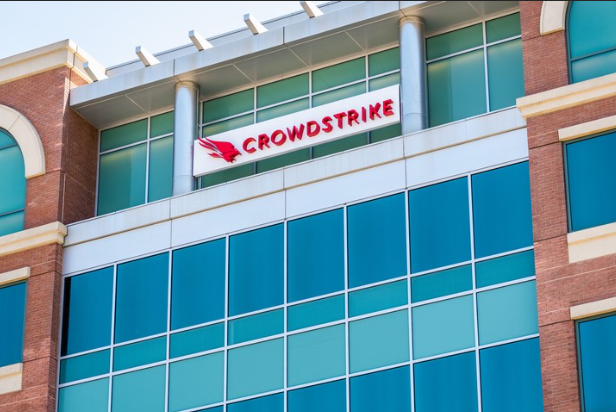Why Is Google Pixel Not Global? Understanding Market Restrictions
Updated on August 5, 2025, by Xcitium
Have you asked yourself, “why is Google Pixel not global” or why you can’t buy one in your country through official channels? Despite their tech sophistication, Pixel phones have limited release regions—and that’s by design. In this post, we’ll dive into Google’s market strategy, legal and logistical barriers, feature limitations, and what unsupported-country buyers need to know. Whether you’re an IT manager, cybersecurity leader, or industry decision-maker, this guide shows how regional restrictions impact both users and enterprise device support.
Why Doesn’t Google Sell Pixel Phones Worldwide?
Scale and Strategic Positioning
Google’s smartphone strategy is not about dominating global share—it’s about showcasing Android innovation. Google doesn’t compete on scale with giants like Apple or Samsung. Instead, Pixel devices exist to set benchmarks and push the broader ecosystem to innovate.
Supply Chain and Production Constraints
Google isn’t vertically integrated in smartphone manufacturing, unlike many OEMs. Limited production capacity has forced Google to restrict Pixel availability to select markets. For instance, Pixel 5a’s regional rollout was constrained by global supply chain challenges.
Localization Effort and Feature Support
Full Pixel experience requires local integration of Google Assistant features (like Live Caption, Hold for Me, or VPN services), 5G/VoLTE support, and carrier partnerships. Google avoids markets where such support would demand heavy localization or lack carrier support.
Which Countries Are Pixel Phones Available In?
The Pixel lineup has expanded slowly. For example:
- Pixel 9, 9 Pro, and 9 Pro XL are now officially sold in 32 countries across North America, Europe, and APAC, including India, Australia, Singapore, and Taiwan—notably excluding China due to broader restrictions.
- The mid‑range Pixel 9a is also available in 31–32 countries, marking its widest launch yet.
However, major markets like Indonesia recently banned Pixel sales due to local manufacturing content rules. In Japan, Pixel 7 series faces a legal ban over patent infringement, which may also affect future Pixel models.
Despite expansion, Pixel remains absent in most Latin American, African, and many Southeast Asian countries.
What Happens If You Buy a Pixel in an Unsupported Country?
Limited Feature Access
Even if you import a Pixel, some region-locked features—such as Google One VPN, certain call screen capabilities, and AI-based tools—may not function. Some countries like India and Singapore lack access to those perks for even officially sold Pixel models.
Network Compatibility Issues
Unsupported markets might lack full VoLTE or 5G carrier support, leading to poor network connectivity or missing bands entirely.
Warranty and Software Support Limitations
Imported phones may not receive timely updates or support. Google releases software features regionally, and your device may lag behind in security patches or feature rollouts.
Why Google Slowly Expands Pixel Availability
- Localized carrier certification: Each launch requires thorough testing with partner networks.
- Regulatory approvals: Countries like Indonesia and Japan impose legal barriers or bans.
- Market realities: Pixel occupies mid-to-premium segments; in regions where price-sensitive brands dominate (e.g., Xiaomi, Oppo), Pixel struggles to compete
How Global Availability Has Evolved Over Generations
Timeline Highlights
- Pixel 2–4: Sold in ~9–13 markets at launch
- Pixel 6 Series: Initially launched in 9 countries, later expanded into more EU and Asian regions
- Pixel 8a and 9a: Mid-range models marked the broadest global rollout yet
- Pixel 9 Series: Officially launched in 32 countries, including many new EU and APAC markets
Implications for Businesses & IT Leaders
For IT managers or enterprise buyers:
- Device support and procurement: Buying Pixel phones outside official markets means limited warranty, patch delays, and possible device bricking.
- Security & updates: Jurisdiction-based update rollout may delay critical security fixes.
- Feature availability: Some Pixel-only software or AI tools will be inaccessible outside supported regions.
Tips for Buying Pixel in Unsupported Regions
If you still want to buy a Pixel outside supported markets:
- Buy from reputable international retailers or via friends in supported regions.
- Confirm network band compatibility and features like VoLTE before purchasing.
- Be prepared to lose official warranty or software update support.
- Consider using VPNs for delayed regional feature access.
Call to Action
Curious about how Pixel’s security and productivity features integrate with enterprise environments?
👉 Request a free demo from Xcitium to see how we secure devices—even those imported from unsupported regions—with robust endpoint protection and policy enforcement.
FAQ: Common Questions Answered
Q1: Why is Google Pixel not sold in my country?
Google limits availability due to supply, localization needs, and carrier certification not yet complete in those markets.
Q2: Can Pixel phones function in kids of unsupported countries?
They may work, but some software features will be disabled or unstable due to regional lockouts.
Q3: Does Pixel get security updates if imported?
Yes, eventually—but updates may be slower or delayed compared to devices sold in official regions.
Q4: Are all features support limited by country?
Yes—call‑screen, VPN, and AI services might not work unless your device is purchased in a supported market
Q5: What’s the largest Pixel availability launch to date?
The Pixel 9 family achieved Pixel’s widest global availability yet, in 32 countries spanning North America, Europe, and Asia-Pacific.





